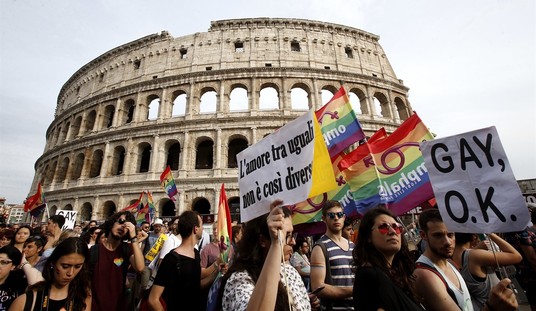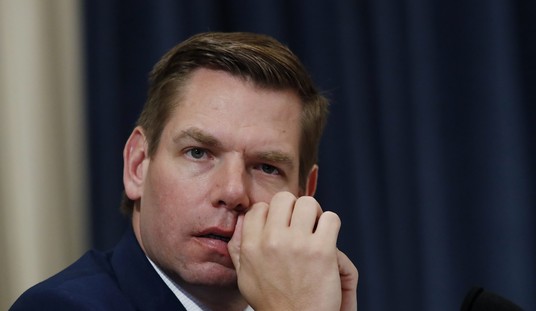With the midterm elections on the horizon, several Democrats have announced that they are retiring from Congress as the Republicans are predicted to take back the House. And, after the Supreme Court overturned Roe v. Wade, Democrats began using abortion as a rallying call to garner support ahead of the midterms. However, a new poll shows that less Americans are identifying as liberal, and the largest drop off in support is in the age group 18-34.
A Morning Consult poll published Thursday shows that voters are decreasingly identifying as liberal and more are identifying as “moderate” and “discontented with either side’s extremes.”
The MC poll findings in 2022 show that 30 percent of Americans identify as “conservative” or “very conservative.” Nine percent are “slightly conservative.” The largest group, 28 percent, are “moderate.” Twenty percent are “liberal” or “very liberal,” with seven percent saying they are “slightly liberal.”
The poll write-up explained that more people leaving the left are identifying as moderate than conservative.
Compared with 2017, the first year of Donald Trump’s presidency, the decline in liberal self-identification has not led to a major increase in conservative alignment, the most prominent ideology in U.S. politics, among the overall electorate. Rather, the proportion of voters who said they were moderate or uncertain about their ideology made up the difference.
The data shows Americans’ ideological identification is at least somewhat responsive to circumstances: Alignment with the right saw a decline during Trump’s tenure amid a surge of ideological uncertainty, while the inverse has played out since Joe Biden took the White House in 2021. Democratic data scientist David Shor, who has urged his party to embrace popular policies to not write off voters who might not be in perfect ideological alignment, said the findings are potentially “super important.”
From 2017 to 2022, the share of voters identifying as “liberal” dropped from 34 percent to 27 percent. On the other hand, those identifying as conservative increased from 38 percent to 39 percent.
Recommended
In 2017, 24 percent of respondents identified as moderate. Now, 28 percent of respondents do so. MC pointed out that the share of young people who identify as liberal has decreased more than other age demographics.
The share of young people — ages 18-34 — who identify as liberal has dropped more than the other age groups, followed by smaller declines among voters ages 35-44, 45-64 and those 65 or older, in that order. Among each age group, Black and Hispanic voters were more likely to move away from the ideological left than white voters.























